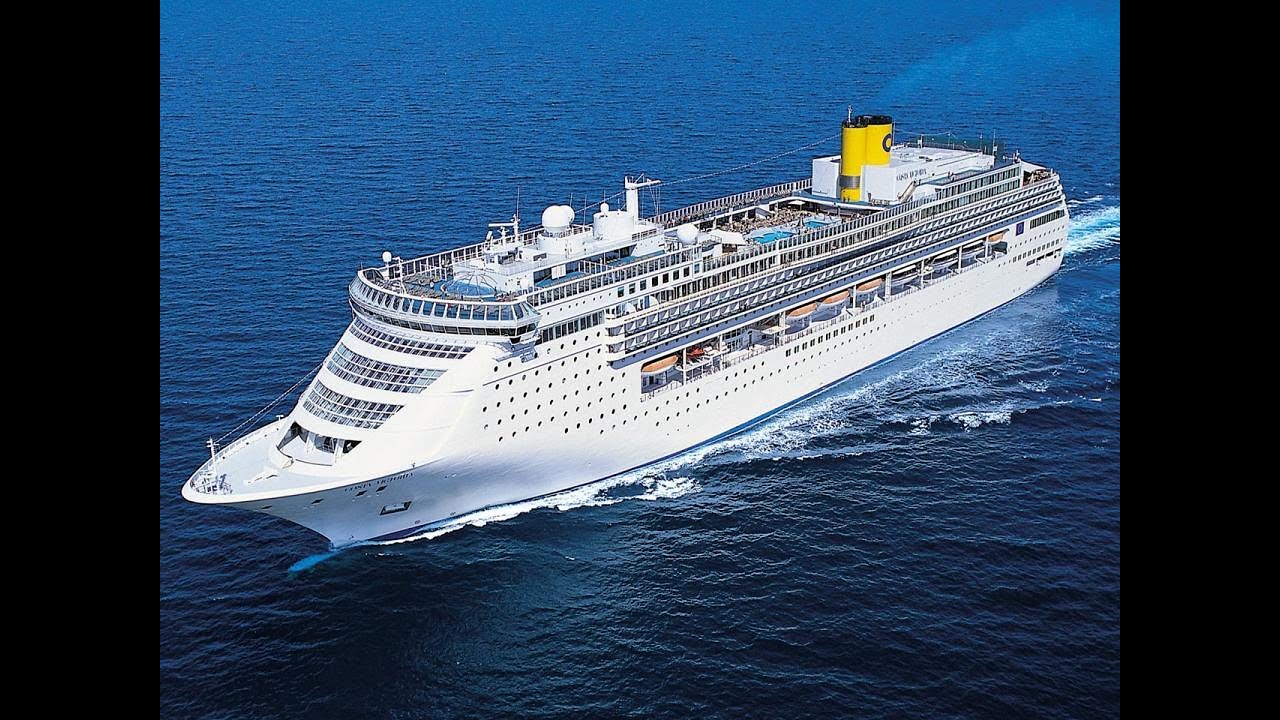Cara Kerja Mesin Uap
Summary
TLDRThis video explains the operation of a steam engine, focusing on its two main components: the boiler and the converter. The boiler heats water to create high-pressure steam, which powers the engine. The converter includes a piston and a secondary cylinder, where the steam alternates between both sides of the piston, creating back-and-forth motion that is then converted into rotational energy. The video covers various steam sources, such as coal combustion, geothermal heat, and nuclear reactors, demonstrating how these mechanisms work together to generate mechanical power in systems like locomotives and power plants.
Takeaways
- 😀 The steam engine is the first type of engine, historically used in industries and vehicles, and continues to be applied today despite advanced technology.
- 😀 Steam engines generate mechanical energy by using high-pressure steam, a process that was developed since the 1600s.
- 😀 The steam engine is generally divided into two main parts: the boiler and the converter.
- 😀 The boiler’s function is to generate high-pressure steam, which serves as the fuel for the steam engine.
- 😀 The converter transforms the high-pressure steam into mechanical energy using a piston system.
- 😀 Inside the converter, a piston inside a closed cylinder is connected to a connecting rod, which helps convert back-and-forth motion into rotary motion on the wheel.
- 😀 There are two main types of pistons in the converter: the primary piston and a smaller secondary piston, with different functions and movements.
- 😀 The secondary piston helps regulate the intake and exhaust of the steam by having intake and exhaust ports on either side.
- 😀 The steam from the boiler enters the converter through the intake valve, driving the main piston to move back, causing the wheel to rotate.
- 😀 As the main piston reaches the back, the secondary piston moves in response, pushing steam in the opposite direction to create continuous motion.
- 😀 The boiler is a massive water tank, and when the water inside is heated, it turns into steam with high pressure, which powers the engine. Common heat sources include coal, geothermal, or nuclear energy.
Q & A
What is a steam engine?
-A steam engine is a machine that generates mechanical power by converting high-pressure steam into mechanical energy. It was first developed in the 1600s and has been used in industries, vehicles, and even modern power plants.
What are the two main parts of a steam engine?
-A steam engine consists of two main parts: the boiler and the converter. The boiler produces the high-pressure steam, and the converter is responsible for turning that steam into mechanical motion.
How does the boiler function in a steam engine?
-The boiler is essentially a large kettle filled with water, which is heated to produce steam. The steam pressure inside the boiler is kept high, and it is isolated to prevent leakage, ensuring efficient energy generation.
What role does the converter play in a steam engine?
-The converter's main role is to transform the steam's energy into mechanical motion. It contains pistons that move within cylinders, and their motion is transferred to a rotating wheel via connecting rods.
What is the purpose of the piston mechanism in a steam engine?
-The piston mechanism converts the steam pressure into back-and-forth motion. The pistons move in and out within a cylinder, and their movement drives mechanical components like wheels or other machinery.
What is the secondary piston and its function?
-The secondary piston in a steam engine helps regulate the intake and exhaust of steam. It works like a valve to control the flow of steam between the primary piston and the exhaust, ensuring efficient operation.
How does the steam enter and exit the pistons in a steam engine?
-Steam enters the pistons alternately through intake holes. As steam enters one side of the piston, the pressure pushes it, causing the piston to move. Once the piston reaches the back of the cylinder, the steam exits through exhaust holes, and the process repeats.
What fuels can be used to heat the boiler in a steam engine?
-The boiler can be heated using different fuel sources, including coal (common in locomotives and power plants), geothermal energy, or nuclear reactors.
What happens when the piston in the steam engine reaches its back position?
-When the piston reaches the back of the cylinder, the secondary piston moves to allow steam to enter from the opposite side, continuing the cycle of motion. This process ensures continuous back-and-forth piston movement.
How does the steam engine demonstrate its lasting impact on modern technology?
-The steam engine laid the foundation for modern mechanical power generation. Even today, steam turbines in power plants still operate on similar principles, showing how this early technology influences contemporary energy production.
Outlines

This section is available to paid users only. Please upgrade to access this part.
Upgrade NowMindmap

This section is available to paid users only. Please upgrade to access this part.
Upgrade NowKeywords

This section is available to paid users only. Please upgrade to access this part.
Upgrade NowHighlights

This section is available to paid users only. Please upgrade to access this part.
Upgrade NowTranscripts

This section is available to paid users only. Please upgrade to access this part.
Upgrade NowBrowse More Related Video

🔴FUNGSI PESAWAT PESAWAT BANTU DI KAPAL ⁉️ENGINE ROOM KAMAR MESIN KAPAL # PART 1

Boiler Water and Steam Cycles - Understand the working

Difference between Boiler water, Boiler feedwater & Engine cooling water/Ichem Week 1

Cara Kerja Mesin Uap

Mengenal dan Belajar BOILER/Ketel uap

BOILER PABRIK KELAPA SAWIT
5.0 / 5 (0 votes)